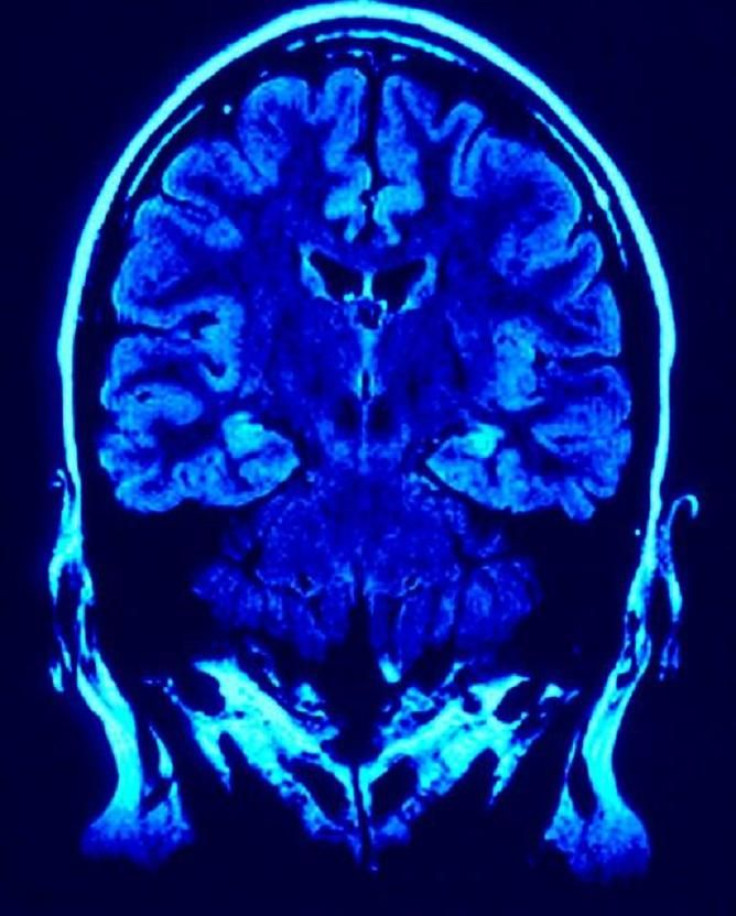Left Brain-Right Brain Split not as Definite as Previously Thought

Emotions are controlled by the right side of the brain and logic is controlled by the left side of the brain, right? It turns out that it's more complex than that, especially when it comes to emotion in music.
A conventional theory about the brain, and used generally, is that the brain is divided into two sides when it comes to controlling different aspects of human behavior. The right side of the brain is the home to emotions, intuition, creativity, art and music whereas the left side of the brain logic, language, reasoning, analysis and math reign supreme. Countless online quizzes can let you know if you are left brained or right brained in a series of easy-to-answer questions.
Despite this general assumption of how the brain is laid out, the answer is way more complex than that. Different parts of the brain may overlap and share duties because the brain believes there may be similarities between two different tasks. A new study involving emotion in music is showing how the brain find speech and melody to be similar, that instead of the right side determining if a song is happy or sad, it's actually parts of the left side that have that task.
The new study was led by Sharpley Hsieh, PhD, from the Neuroscience Research Australia. Previous studies have shown individuals with semantic dementia (SD) have trouble recognizing facial expressions of emotion. The difficulty is due to damage of the amygdala, which is located on the right side of the brain. Contextual knowledge, such as meaning based on language, is lost in individuals with SD compared to more episode-based memory loss in Alzheimer's.
Researchers wanted to determine if patients with SD also had difficulty processing emotion expressed in other ways, such as music. For the study, 11 patients with SD, 12 patients with Alzheimer's disease and 20 individuals with neither disease were exposed to new music and unfamiliar faces and were asked to determine if the songs were happy, sad, peaceful or angry. MRI's were also taken to determine brain activity in the damaged parts of the patients with SD and Alzheimer's.
Patients with SD and Alzheimer's had trouble determining facial and emotional expression especially if a song was sad or angry. While recognizing emotions was associated with atrophy of parts of the right side of the brain, recognizing musical, and not facial, expressions of music was associated with parts of the left side that were connected to language.
Patients with SD had damage to the left anterior and inferior temporal lobe. This area of the left side of the brain controls language which means the brain groups together melodies and speech, believing the two are similar. The researchers conclude that the brain is not as compartmentalized as previously thought, and that different parts of the brain overlap and can share responsibilities.
While emotions may be controlled by the right side of the brain, the left side is not left out when it comes to processing emotions. Future studies can determine what other parts of the brain process emotions in books or television.
The study was published in Neuropsychologia.



























